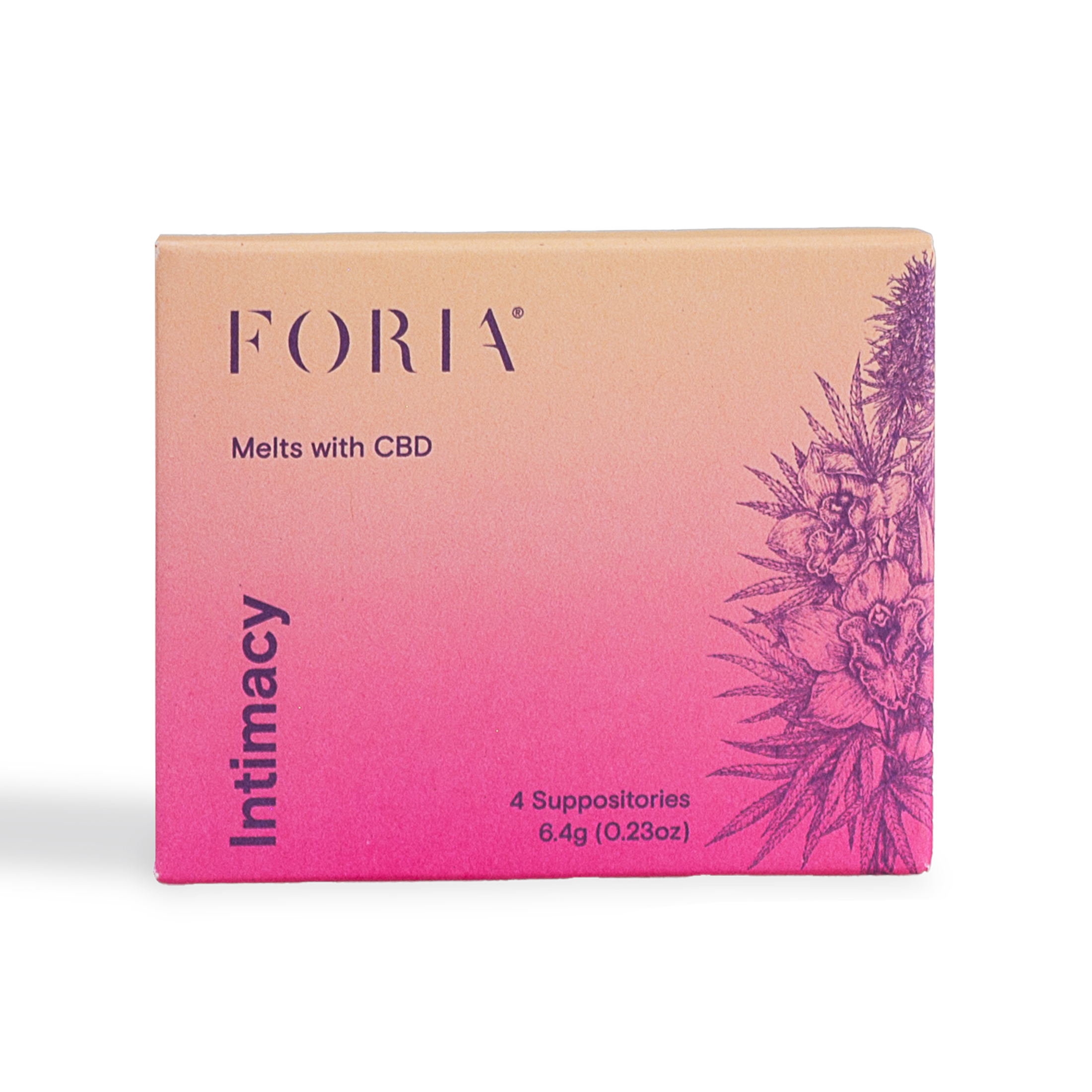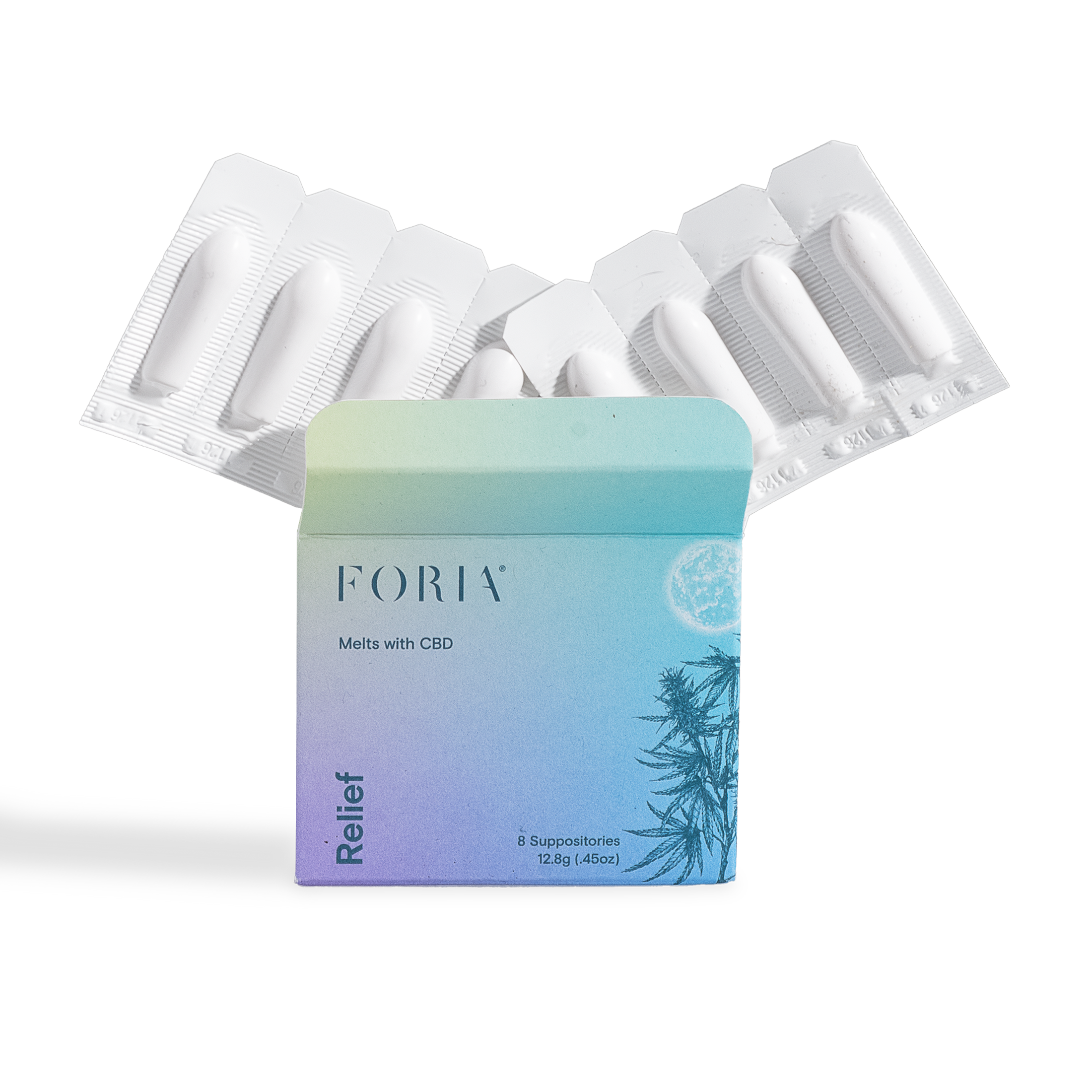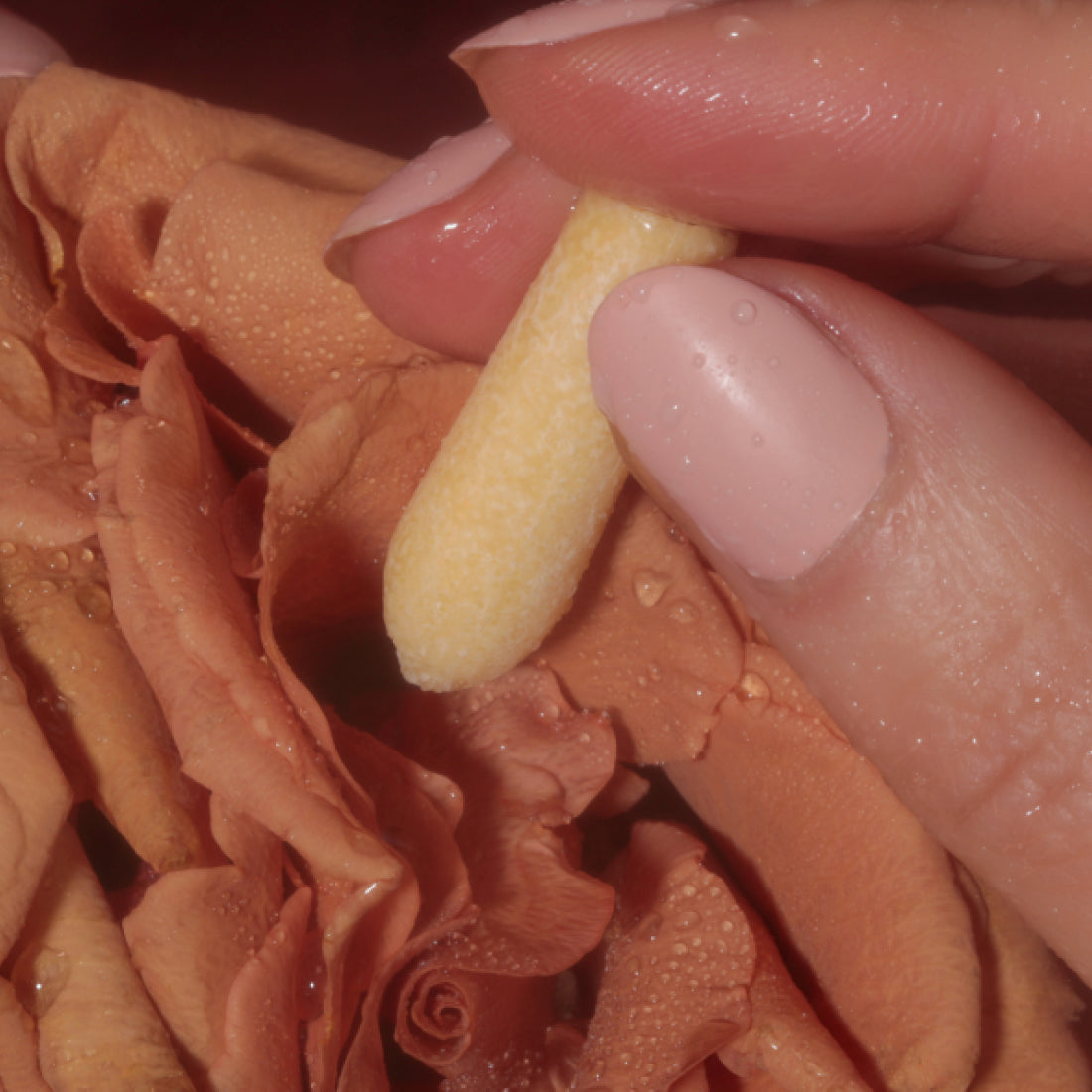Period pain is universal — if you have a period, you’ve more than likely experienced at least one episode of cramping or discomfort. For most of us, that pain is centered in the lower pelvis and abdomen, where the uterus and ovaries are located.
However, vaginal pain during your period is another possibility, even though it’s not as common. We’ve got four reasons that vaginal pain during periods can happen and a few ways you can relieve it if it does occur.
What Causes Period Pain?
Period pain, also known as dysmenorrhea, is incredibly common. More than half of people who have regular periods have at least a day or two of cramping with every cycle!
Most of the time, period pain is described as a throbbing, cramping pain that can radiate from the pelvis to the lower back or even down the legs. But what causes that pain?
There are two types of menstrual cramps — primary and secondary dysmenorrhea. The only way to be sure of which you’re dealing with is by visiting your gynecology, but here is a quick overview.
Primary dysmenorrhea is the most common type. This menstrual cramping is triggered by a build-up of prostaglandins, chemicals made by the uterus to help it contract and relax. Primary dysmenorrhea often starts as soon as your periods do but also gets better as you age (one of the many perks of aging!).
On the other hand, secondary dysmenorrhea is cramping caused by a different health issue (like endometriosis or uterine fibroids). People with this type of cramping tend to notice it more and more as they get older, and it may even last long after your period has ended.
What Causes Vaginal Pain During Your Period?
Cramping doesn’t always stay in the abdomen, though. Some people experience vaginal pain during their period. Let’s talk about four reasons this could happen then we’ll dive into what you can do about them.
Muscle Spasms
One of the reasons vaginal pain during periods can happen is related to a particular set of muscles — the pelvic floor. The pelvic floor stretches between the tailbone and the pubic bone and supports the bladder, bowel, and genitals.
If you’ve had a baby and now experience urinary leakage (especially when you cough or sneeze), you’re already more familiar with your pelvic floor than you think. When it comes to your pelvic floor muscles and vaginal pain during your period, it often has to do with tampon insertion.
Inserting anything into the vagina can cause the pelvic floor muscles to contract without relaxing, causing pain and tightness. There is also a condition known as vaginismus, an involuntary tensing of the vagina.
Think Kegels, but not on purpose and without the relaxation part. Vaginismus is often a physical symptom of a mental condition. Your mind is a powerful and protective thing, and if you have experienced sexual trauma in the past, your brain can tell your pelvic floor to tense in order to protect you from penetration.
This type of vaginal pain needs to be treated differently but can have many of the same triggers.
Yeast Infections
Vaginal infections, especially yeast infections, can also cause vaginal pain during your period. When you have an infection, the tissue in that area gets swollen to protect you and speed up the healing process.
The vagina is no different! People with recurrent infections tend to notice flare-ups around their period due to a change in vaginal pH, which can trigger pain and discomfort.
Unfortunately, yeast infections don’t just go away on their own though. Vaginal infections need medication, so contact your doctor to make sure that’s what you’re dealing with before just picking something over-the-counter and going with it. You don’t want to treat yourself with the wrong thing.
Vaginal Swelling
When you’re on your period, there’s a lot more blood flow to your pelvis (and not just the obvious blood that’s flowing out of your pelvis). More blood flow is a good thing in some ways — hello, increased sensitivity if you’re up for a little period sex — but it can also cause vaginal pain.
Varicose veins can pop up after pregnancy, but once they’re there, they tend to stick around for the rest of your life. Cold compresses may help some, but don’t leave them on for too long or apply them directly to your skin (ice can be sexy, but frostbite certainly isn’t!).
Some Medical Conditions
There are also a few medical conditions that can cause vaginal pain during periods. While some of them, like a vaginal septum (a tissue barrier right down the middle of the vagina) and hematocolpos (where the blood can’t flow back out of the uterus), are pretty rare, others are a lot more common.
Take endometriosis, for example. People with endometriosis experience tissue growing where it shouldn’t, like outside the uterus. With enough tissue present, endometriosis can cause pelvic and vaginal pain (before, during, and after your period).
Uterine fibroids can also cause vaginal and pelvic pain. While they are usually benign, the increased blood flow to the area during your period can cause them to become engorged and painful. That engorgement can also mean increased pressure in your pelvis and increased vaginal pressure — and pain!
Both of these conditions need to be diagnosed and managed by a gynecologist, but treating them may help you manage your pain better!
How Can You Relieve Vaginal Pain During Your Period?
So what are you supposed to do about vaginal pain while on your period?
One way you can potentially minimize discomfort is by using a vaginal suppository. While putting something into the vagina when you’re experiencing pain may sound unusual, it can help to take the treatment right to the source.
Our Relief Melts have 100mg of CBD, which can soothe how much your vagina is contracting. Just lay on your back with your knees bent, insert the suppository as deeply into the vagina as possible, and give it time to take effect.
If you’re still interested in trying to get intimate while on your period, you can also try an intimacy suppository. Our Intimacy Melts are made with the same CBD we use in our Relief Melts, but with half the amount.
Insert the suppository using the same directions as with our relief melts, but give it 30 to 60 minutes to kick in before attempting penetration. You can also use these suppositories after sex to soothe any discomfort.
You can also use a heating pad on your genitals if they’re still giving you trouble. Make sure you don’t apply it directly to your skin (use a washcloth or a pair of pants) and use it for less than 15 minutes at a time on low.
A warm bath can provide the same relief, and you can do some self-care while in there! Both heating pads and warm baths help relax your muscles, stopping the painful contractions triggering your symptoms. Combine heat with your suppositories to double the relief.
The Bottom Line
Do you deal with vaginal pain during your period time? While vaginal pain isn’t as common as lower abdominal and pelvic cramping, it can definitely put a damper on things.
Considering most people have a period once every 21 days or so, finding ways to manage any discomfort you experience during this time is crucial. Foria is here for you — before, during, and after sex! Let us help you improve your life.
Sources:
Period Pain | Menstrual Cramps | MedlinePlus
Dysmenorrhea: Painful Periods | ACOG
Endometriosis | Endo | MedlinePlus
Featured in this article
Intimacy Melts with CBD
A vaginal melt for more pleasurable penetration
From $20Relief Melts with CBD
CBD melts to support pelvic relaxation & period discomfort relief
From $50Want more? Sign up for our newsletter
By entering your email, you are agreeing to our terms and conditions and understand our privacy policy.












